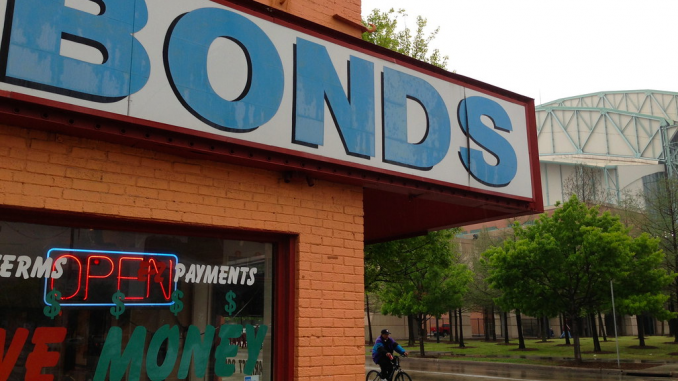
The ripple effect of New York State’s new bail reform law has officially reached New Paltz.
On Sunday, Jan. 19, Ruben Ortiz, 35, was arrested for a domestic dispute, released under the bail reform law and arrested again just 20 minutes after his court appearance.
The New Paltz Police were called to a home in New Paltz Gardens on Colonial Drive in response to a physical domestic dispute. When police arrived at approximately 7:20 p.m., Ortiz began fighting with police and resisting arrest.
One female officer received a blow to the knee, and was immediately transported to a hospital. The woman who made the 911 call did not suffer any substantial injuries. However, an order of protection was issued to the female victim.
Ortiz was arraigned in the Town of New Paltz Court and released around midnight.
Minutes after he left the courthouse, police received another 911 call. Ortiz was back at the house, violating the order of protection.
At around 12:20 a.m. on Monday, Jan. 20, New Paltz Police went to the scene again and arrested him for criminal contempt for violating the protective order.
New York’s new bail reform law went into effect on Jan. 1. The law prevents the courts from imposing cash bail in almost all misdemeanors and non-violent felonies.
“Prior to the change in law, the judge would have looked at the circumstances and [possibly] recommended bail,” said Lieutenant of New Paltz Police Robert Lucchesi.
This consideration is especially important in cases with domestic violence, according to Lucchesi.
The intention of the bail reform law is to eradicate the power imbalance within the justice system caused by cash bail, where wealthy people can pay their bond and work out their cases upon release while poor people — often accused of low-level crimes — can’t afford bail and have to spend their time awaiting trial in jail.
Brooklyn Bail Fund, a nonprofit organization that has posted bail for more than 4,000 people who did not have the financial means to pay for it, reported that those who were released were three times as likely as those who weren’t released to have favorable outcomes to their cases.
According to a report by Center for Court Innovation, the bail reform law is forecasted to decrease the number of pretrial detainees by more than 40%.
However, since its passing, the new bail reform law has been a controversial topic among New Yorkers, especially amid a surge of hate crimes in the New York City area.
Police and district attorneys across the state have rallied against the law, claiming that it is leading to potentially dangerous people being released back into the community. On the flip side, supporters of the law retort that it is far too early to draw any conclusions about the law’s impact.
Some believe that the law should be amended to include a public safety component like the bail reform law passed by New Jersey, which uses an algorithm to predict the likelihood of a person to commit further crimes.
Conversely, proponents of the new law argue that judicial discretion is what resulted in mass numbers of poor people being detained pretrial, and that their discretion also allows for racial bias.
Since 1971, the potential dangerousness of a person has not been a legal reason to set bail in New York. For almost 50 years, judges have only been able to consider the defendant’s likelihood of coming to their court date when setting bail.
However, just because concern over public safety hasn’t been legally allowed doesn’t mean it hasn’t been considered by judges while setting bail.
“My opinion is that judges must be able to take into consideration the safety of an individual when addressing bail,” Lucchesi said.
While there has been a great push to amend the bail reform law, it remains unclear what the long-term impacts the bail reform law will have on public safety, crime rates and judicial discretion.

